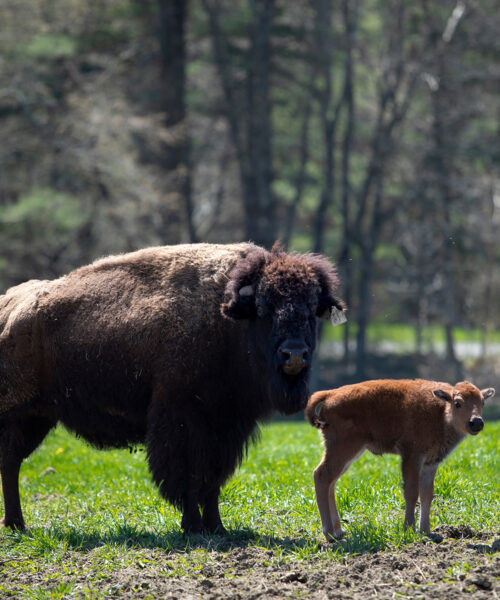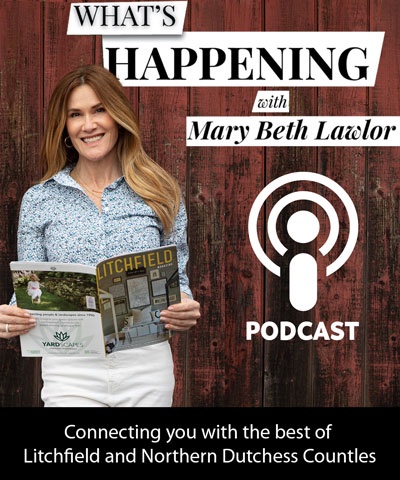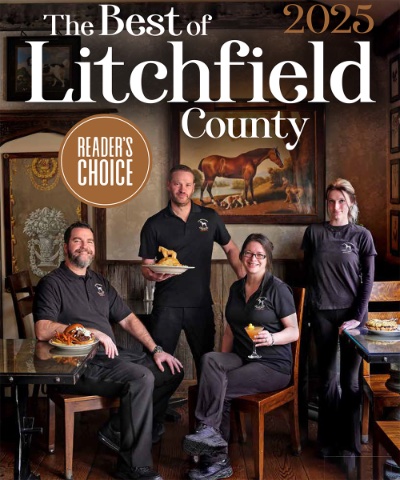June 18, 2024
Bison Farming in Litchfield County
By Erik Ofgang
Photos by Rana Faure
Seeing the mammoth bison at Mohawk Bison in Goshen, one gets the impression of having wandered onto the set of an old Western movie. The animals can weigh as much as 2,500 pounds and seem to belong to a different time and place. “They look like prehistoric animals,” says Peter Fay, who owns Mohawk Bison. But don’t be fooled by their idyllic appearance; bison are dangerous animals. They are not domesticated at all, and are therefore difficult to corral. It is foolhardy to get close to them.
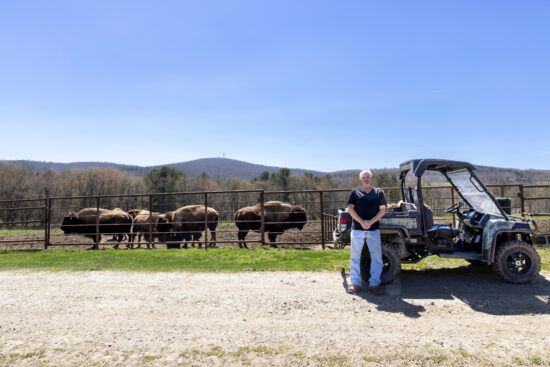
“They’re wild animals, you don’t walk in pastures with them,” Fay says. “A lot of people don’t raise them because, if they get loose, most of the time you’re not going to get them home.”
Fay has been working with these beautiful but difficult animals since 2007. Mohawk Bison is one of two active bison farms in Connecticut; the other, Creamery Brook Bison, is in Brooklyn. Thanks to farms like these as well as other preservation efforts, the once-endangered American bison—often casually referred to as buffalo, a related animal found only in Africa—has returned. According to the U.S. Fish and Wildlife Service, there are some 20,500 plains bison in conservation herds, and an additional 420,000 in commercial herds. A program at Yellowstone National Park even works to rehome bison from the park to indigenous tribal lands.
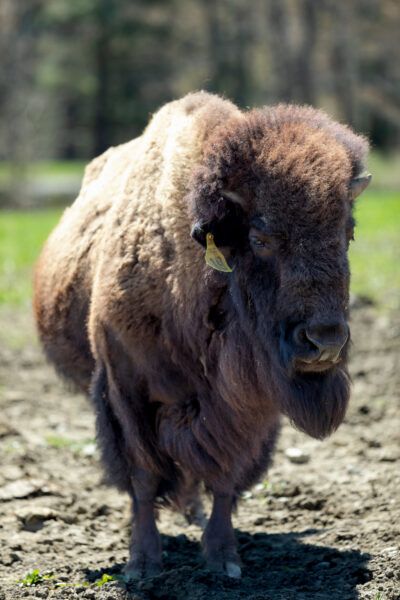
Bison meat’s key selling point is its healthier nutrition stats. Bison is high in protein and iron, much lower in fat than beef and as much as 30 percent lower in fat than skinless chicken.
Some bison proponents also claim that because bison are indigenous to North America and tend to produce fewer greenhouse gasses than cows, they are a more environmentally friendly option. In a 2016 article, Modern Farmer says that bison meat can be more sustainable than beef, and that a random sampling of bison meat would probably be more sustainable than a random sampling of beef.
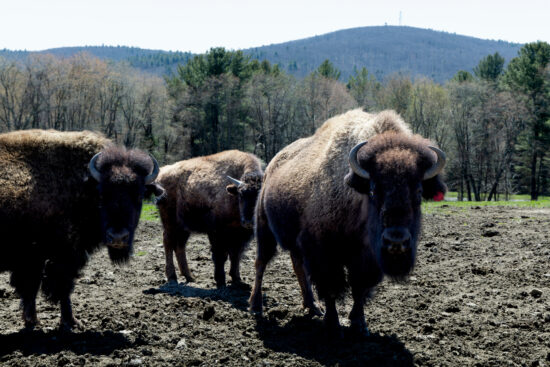
Eating bison meat also, perhaps counterintuitively, aids the conservation of bison.
“If you don’t eat it, we won’t raise it, and there won’t be any bison,” Fay says.
Fay’s interest in farming bison began after a friend (who was the owner of Aj’s Steak & Pizza in Goshen) started featuring it on the menu. At the same time, Fay was looking for new opportunities for working his family’s multi-generational dairy farm.
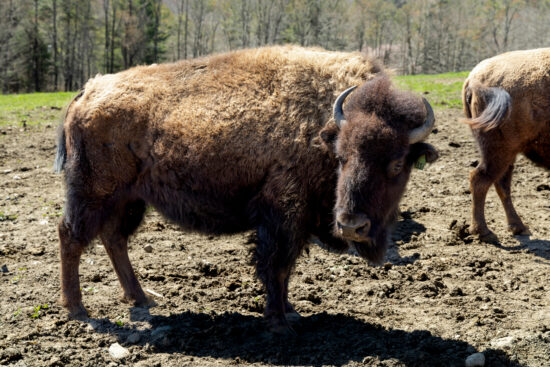
Today, Fay’s 60-acre farm is home to somewhere between 100 and 150 bison depending on the season. He sells the meat on Saturdays at the farm, and to wholesalers who distribute it to restaurants. It is also featured in the bison burger at Aj’s.
Though Fay has grown used to working with bison, about a year and a half ago he was reminded not to let his guard down. Early one morning, he was corralling the bison and says he got careless.
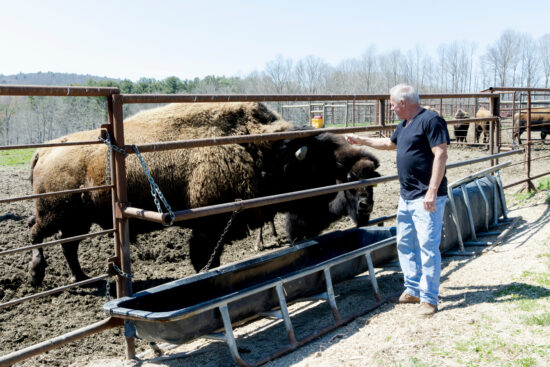
“I got between a gate, and one of the animals tried to get at me. She wasn’t liking me much,” Fay says. The animal pinned his hand and arm against a gate hard enough to dislocate several fingers. He only escaped when the bison “just kind of lost interest in me, and I crawled out.”
The incident resulted in a trip to the hospital, and a reminder for Fay that bison are still, even when found on a farm, creatures of the wild.





